
Nepal Culture – History, Traditions and Facts
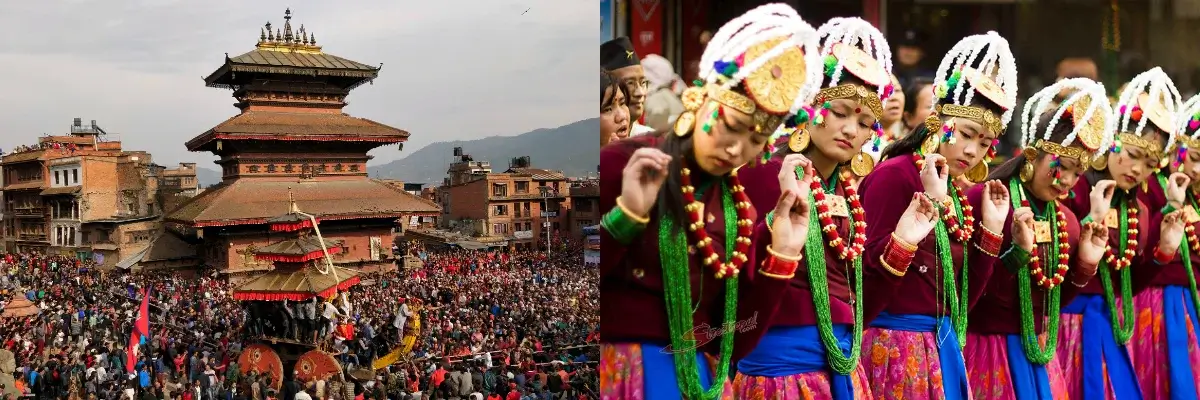
Table of Contents
Nepal is a small yet vivid country with rich culture, tradition, ethnicity, festivals, mountains, and much more. It has some of the breathtaking landscapes and deep-rooted Nepal culture and tradition. Nepal is home to a rich cultural heritage shaped by its diverse ethnic communities, historical importance and influence, and religious harmony.
Despite being a small country, Nepal has 142 distinct castes and ethnic groups living harmoniously. They love, respect and support each other.
Being between two cultural giants, India and China, Nepalese culture has been influenced by both civilisations while preserving and promoting our own distinct identity.
Nepal is particularly famous among tourists for its intricate art, architecture, music, attire, festivals, food, and, more importantly, our friendly and warm, hospitable nature. Though you might be far from home, here, you will never feel like you’re away from home.
History of Nepalese Culture
Although the evidence of Nepalese culture can be traced back to the 9th century BC, the history of Nepalese culture can be found in the Hindu epic of the Ramayana. According to this Hindu scripture, we can find a mention of Janakpur, the birthplace of Sita (Rama’s wife), now part of the Terai region.
From then on, we can find inscriptions stating that the country was made up of several small kingdoms. Among all the kingdoms, one of the most powerful were the Shakyas of Kapilvastu, the birthplace of Lord Buddha.
Since then, Nepal culture has been moulded from a mix of Indo-Tibetan culture. Meanwhile, the Licchavi period (circa 400-750 CE) is marked as the epitome of Nepali culture. During this period, the introduction of Hindu and Buddhist culture flourished.
Several temples and stupas built during the Licchavi period are some of the major attractions of the current modern Nepalese culture. UNESCO World Heritage Site has listed some of these temples and stupas as World Heritage Sites, giving them global recognition.
Kathmandu Durbar Square, Patan and Bhaktapur Durbar Square, Pashupatinath, Boudhanath, Swoyambhunath, etc., are some of the remaining structures since the known evolution of Nepal culture.
Later, the Malla kings, who ruled Nepal from the 12th to 18th centuries, further introduced the ancient Nepali culture worldwide. The intricate art, architecture, wood carvings, portraits, religious rituals, Jatras, etc., are the living reflections of the history of Nepali culture.
The Rana regime introduced European-style architecture in Nepal from 1846 to 1951. Now, travellers can experience all kinds of mixed cultures.
Nepalese people celebrate Nepali festivals such as Dashain, Tihar, Holi, Janai Purnima, etc. We also celebrate Western festivals like the English New Year, Halloween, Christmas, and the Otaku festival.

Religions of Nepal
The heart of Nepalese culture is the religious harmony. Hinduism and Buddhism primarily dominate Nepal.
Over 80% of Nepalese follow Hinduism, which is evident from the temples, small and big, in every town and street. Especially around Kathmandu, you can see temples in every country, for which Kathmandu is also called the ‘City of Temples’.
Likewise, being the birth country of Lord Buddha, Buddhism is another major religion in Nepal. Influenced by Tibetan Buddhism, Tibetan and Newar communities follow Buddhism.
Hence, it is common to experience or see Nepal’s culture as highly influenced by these two religions. Moreover, people of all different religions, like Christianity and Islam, coexist in Nepal.
Additionally, indigenous spiritual practices and shamanistic traditions also exist here. This tradition is particularly popular among the Tamang, Rai and Magar communities.
Nepali Traditional Dress
Nepalese dress differs based on region and ethnicity. Their traditional attire reflects the diverse climatic conditions and lifestyle of Nepal.
Daura Suruwal is the national dress for men, a long shirt with a closed collar tied with ties near the chest and waist and traditional trousers, complemented by “Nepali Bhat Gaule Topi”.
Similarly, Gunyu Cholo is the national dress for women. It consists of a Sari (long cloth draped around the body), a blouse, and a shawl.
Likewise, ethnic communities in the mountains, like Sherpas and Bhotias, wear Bakhu (a thick woollen robe suited for cold climates). This kind of clothing lets the people in the mountains keep themselves warm.
Meanwhile, Tharu people of the Tarai region are seen wearing bright-coloured skirts, bead necklaces for women and a shawl around the neck for men. The climatic conditions in the Terai region of Nepal are quite warm compared to those in other regions. So, light colored clothes and a shawl are worn to adapt to the scorching sun.
In recent days, we can see foreign influence in clothing. Young generations are usually seen in pants, a shirt/t-shirt, a skirt, etc. Nowadays, people like to dress in Western and Korean styles too. People are more likely to wear modern, fashionable, designer dresses over traditional Nepali dress.
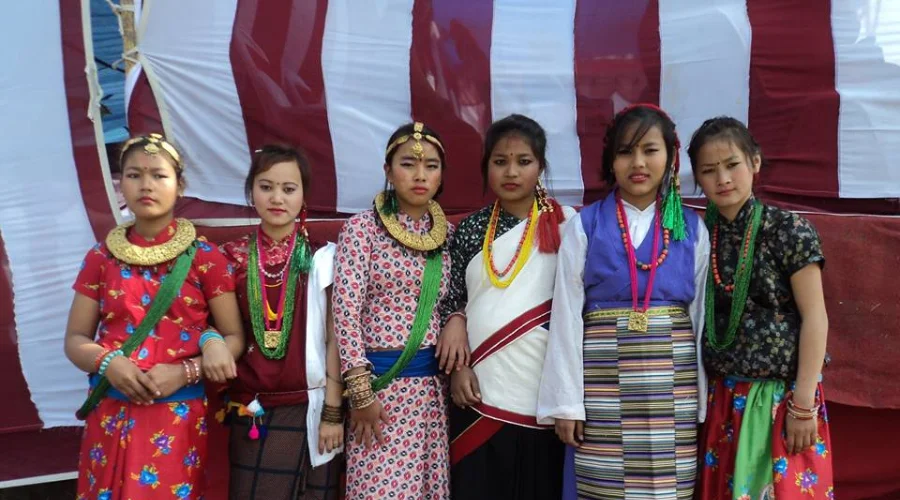
Nepali Festivals and Celebrations
Festivals of Nepal reflect the culture of Nepali people. Each festival is celebrated by every religion with great enthusiasm throughout the country.
Dashain and Tihar are the major festivals of Nepal. During these festivals, people gather, cook a variety of delicious traditional Nepali cuisines, and eat together. People put ‘Tika and Jamara’ on their foreheads and receive blessings from their elders during Dashain.
While Tihar is a festival of lights and love between brother and sister. During this festival, sisters pray for their brothers, and brothers promise to be their protectors. Along with this celebration, Hindus worship Goddess Saraswati and Goddess Laxmi, and play पिङ्ग (swing).
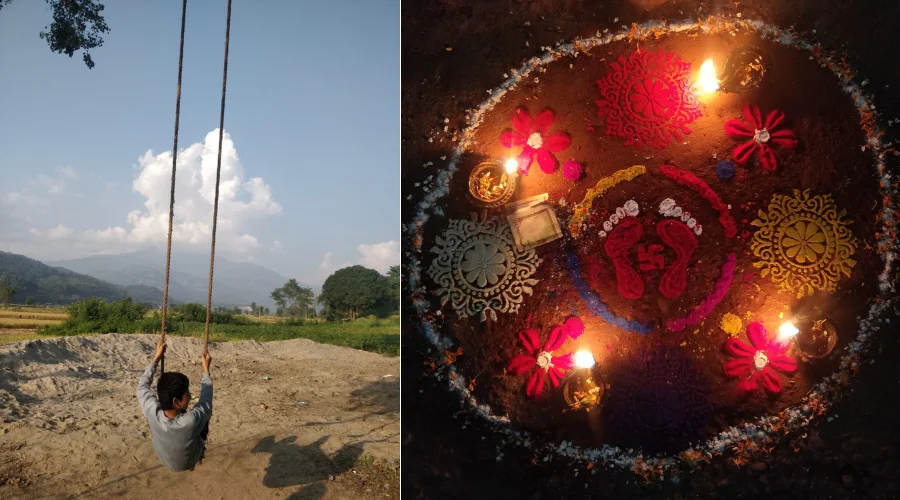
Likewise, Buddhists celebrate Buddha Jayanti, which celebrates the birth of Lord Buddha. In addition, Holi (the festival of colours). Teej (a festival for women), Indra Jatra (a major festival of the Newar community), Janai Purnima, Lhosar, etc., are some other popular festivals in Nepal.
Besides these Nepali festivals, people like to celebrate Christmas, Eid, and other western festivals like Halloween, easter, English New Year, etc.
Younger people are embracing the Otaku Festival more in recent days. During this festival, people dress up as their favourite anime characters, and organise several games, stalls for souvenirs, and so on.
The most astonishing thing about Indra Jatra is the display of the ‘Living Goddess of Nepal’, Kumari.
Art, Architecture, Music and Literature of Nepal
Nepal is a country of rich art, architecture, music, and literature, where religion meets creativity.
From intricate wood and stone carvings to pagoda and shikhara-style temples and gumba, Thangka paintings, and vibrant, happening music and dance, Nepalese art has received global recognition.
Influenced by Hindu and Buddhist traditions, Nepal’s architecture reflects craftsmanship and devotion. Every pillar, wall and ceiling of temples is designed in such a way that they tell a story. Especially in Hindu temples, made with wood, their window, doors, pillars, etc. are precisely carved. They are usually carved representing deities, serpents, fish, and so on. Whereas, the walls of gumba are painted with vibrant colors, dipiting their culture.
Music and Dance in Nepali Culture
Another attractive part of Nepali culture is the music and dance. Different community has their traditional music and musical instruments featuring traditional dance.
Dandi Naach, Dauda, Bhairab Nritya (a traditional dance where the dancer is dressed as Bhairab), Chandi Naach, Maruni Naach, Sorathi, etc. are some of the popular dance forms in Nepal. Further, on different occasions, people dress in their traditional dress and perform their traditional dance. One, for instance, is the Dhan Nach, the traditional dance of the Limbu community, where people sing Palam and dance in a group.
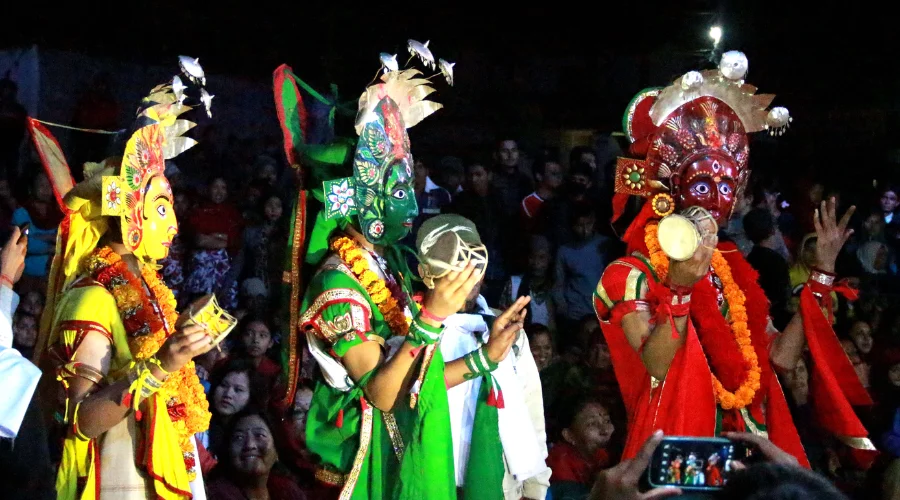
Likewise, another popular cultural dance in the Newar community is the Lakhey Nach. During this dance form, it is believed that the one performing Lakhey Nach is bestowed with divine presence and dances on the beat of Newari traditional musical instruments. The one performing this dance wears a mask and is dressed in a striking red costume.
Art and Architecture in Nepal
Not only this music and dance, but also Nepali music and dance have seen some Western influence, where youth are inclined to the guitar and modern musical instruments.
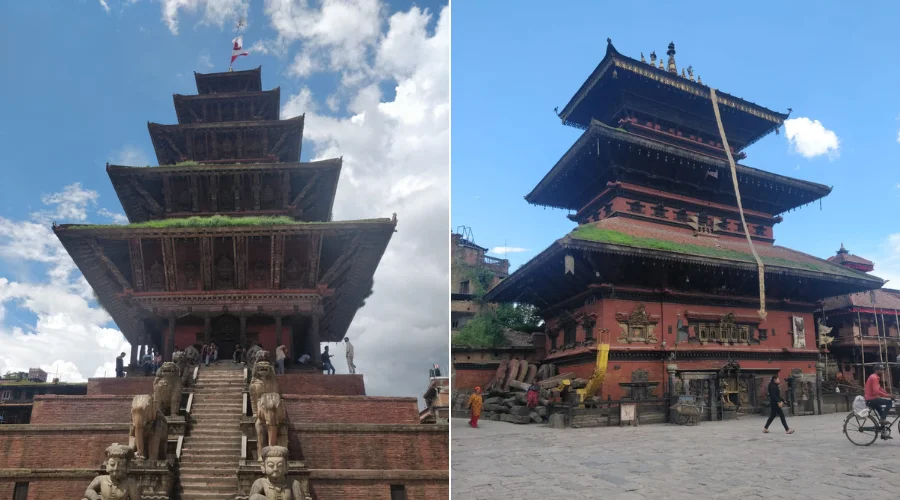
Language and Literature of Nepal
Nepal is a country with over 120 languages. Nepali is spoken as the national language, while Maithili, Bhojpuri, Newar, Tamang, Gurung, and Tharu are notable languages. Nepalese culture has relied on literature for preservation, and old Hindu and Buddhist scriptures have impacted religious and philosophical ideas. More recently, modern Nepalese writers have gained recognition for their contributions to poetry, novels, and short stories, addressing social issues and cultural identity.
Food Culture of Nepal
Nepali food is popular for its simple yet flavorful taste. The recipe and ingredients are quite simple and basic. Usually, spices, salt, turmeric powder, and cumin powder are used for flavour. However, with the right amount of use of these spices and some additional ingredients, each dish tastes different yet reflects authentic Nepal culture.
Dal Bhat Tarkari (rice, black lentil soup, and curry) is Nepal’s national staple food. Normally, Nepalese people eat Dal Bhat twice a day. It provides enough power for the trekkers on the route or anyone who just wants to savour Nepali cuisine.
Other popular dishes in Nepal include Mo: Mo, chowmin, thukpa, dhindo, sel roti, Gundruk and sinki (dried fermented green vegetables), etc. Not only these dishes, but people in Nepal can try continental, Thai, Indian, Korean, Japanese, and all kinds of Western delicacies.
If you get a chance, do not forget to try traditional thali sets of Newari, Thakali, Tharu, Maithili, etc., ethnic communities. Newari Khaja set is a must-try food in Nepal. There are several restaurants serving Newari food.
Likewise, if you would like, as a celebratory drink, we recommend locally brewed alcoholic drinks like Aila, Chhyang, or Tongba.
Culture and Modern Influence
Nepal is proud of its unique tradition. However, due to globalisation and modernisation, some sort of cultural challenges are evident.
While Nepalese people have become freer and more self-sufficient, cultural values and views on culture are in decline, especially among the younger generation. Some cultures, languages and rituals are endangered.
Before, the national cultural dress for men used to be ‘Daura’, ‘Suruwal’ and ‘Dhaka Topi’, and for women used to be ‘gunyo’, ‘cholo’ and ‘fariya’. But now, we rarely see these, only on special occasions.
However, being aware of the importance of our own culture, youths, NGOS, INGOS, and local government have taken strong initiatives. NGOS, INGOS, and local governments organise several cultural programs and fairs, and people attend in their cultural attire.
Likewise, cultural festivals and education have been modelled in such a way that actual cultural essence and modernisation are in balance.
Unique Birth, Marriage, and Funeral Culture of Nepal
You might not believe it, but Nepalese have different birth, marriage, and funeral ceremonies. Ceremony is even different before and after birth and death.
Birth
In Nepali culture, we do not have a baby shower. Instead, we have a culture where the mother is fed ‘Dahi Chiura’ (curd and beaten rice). Then, only on the 8th or 11th day, ‘Nwaran’ is done, the baby’s naming ceremony. And at 5-6 months, the baby is adorned in traditional attire and is fed rice by elders. Isn’t it interesting?
Then, once the boy and girl come of a certain age, they have ‘Bratabandha’ and ‘Bel Bihaha’ respectively. According to Hindu culture, bratabandha symbolises spiritual rebirth. Meanwhile, a bel bibaha is done before menstruation starts and ensures that she will never be widowed, even if her human husband dies. On a bel bibaha, the girl is married to a bel/bael, also known as a wood apple.
Marriage
In Nepal, some communities have some weird customs for marriages. In some communities, there is a tradition of getting married to wood-apple and the sun, while some have to marry their first cousin, some marry their sister-in-law, while some can pay a sum to another man and marry their wife, called “Jari Bibaha’.
Usually in Nepal, arranged marriages are common, especially in rural areas. Two families, completely strange to each other, are bound by astrological and cultural beliefs. Marriage includes rituals like ‘Saptapadi’ (seven steps) and ‘Sindoor Daan’ (applying red powder to the bride’s forehead). Then, they receive blessings from elders and priests, and their husbands and wives are bound for life and even the afterlife.
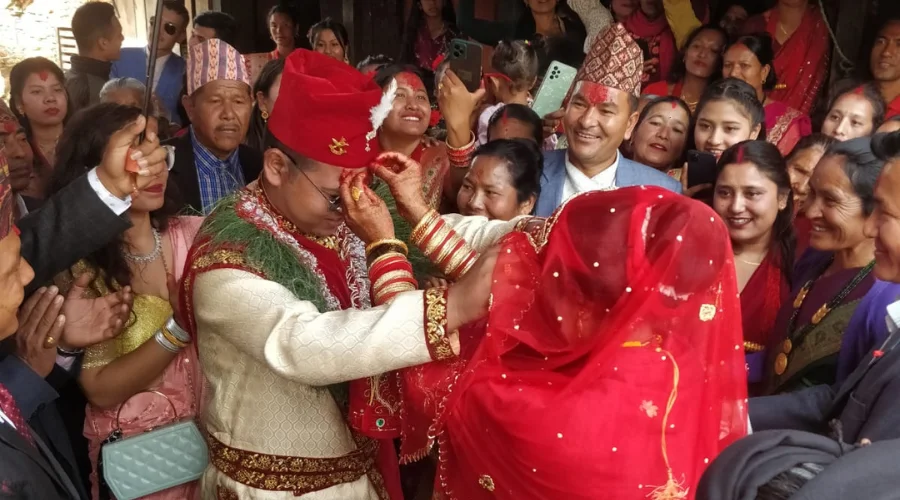
Death
Another unique part of Nepal’s culture is the funeral ceremony. Different religious groups and regions have different funeral rites.
Family members wash the dead body, wrap it in white cloth, and cremate it near rivers in Hindu culture. Then, the remains are later scattered in holy water. Likewise, the mourning period lasts for 13 days or more, where close family members avoid social interaction and touch, wear white, and follow strict dietary rules. And, every year, ‘Shraddha’ is performed, honouring the dead.
Whereas, in the Himalayan region, in Buddhist culture, Sky burial is in practice. In this culture, particularly in Lama and Sherpa communities, a dead body is fed to vultures and eagles, and nothing goes to waste.
Some Fun Facts About Nepal Culture
- Nepal is the only country in the world where a pre-pubescent girl is worshipped as a living goddess – the Kumari.
- In Nepal, we greet our guests by joining our hands together with ‘Namaste’ instead of handshakes, which means ‘I bow to the divine in you’.
- Nepal celebrates several New Years, at least seven, based on ethnic and religious calendars, including Bikram Sambat, Lhosar, and Nepal Sambat.
- Using your left hand to eat or pass things is impolite or disrespectful unless you are left-handed.
- During special occasions, like Dashain, thousands of animals, like goats and buffaloes, are sacrificed in temples to honour the gods and goddesses.
- In contrast to Western culture, white is the word for mourning, and red is used during marriage and auspicious occasions, symbolising prosperity.
- Killing cows, the national animal of Nepal, is illegal in Nepal. It is a sacred animal and is worshipped during the Tihar festival.
- Even dogs are worshipped in Nepal. They have a separate festival during Tihar, ‘Kukur Tihar’, where dogs are worshipped and honoured.
- Mount Everest is also called ‘Sagarmatha’ in Nepali and ‘Chomolungma’ in Tibetan, and is believed to be the home of a goddess.
- Nepal has several festivals throughout the year, from harvest events to spiritual and ancestral celebrations, for which the saying “more festivals than days in the year” is famous in Nepal.
- Every Nepali house, especially Hindu homes, has a separate room or corner dedicated to a shrine, where daily prayers and rituals are performed.
- From naming babies and choosing marriage dates to building homes and buying or selling something valuable, astrology has the final say.
- Every Buddhist household hangs colourful prayer flags to spread blessings and goodwill in the wind, not just for themselves but for the entire world.
- Spinning a Buddhist prayer wheel once is equivalent to chanting the mantra inside it thousands of times.
- In Nepal, it is still common for 3 or more generations to live together under the same roof, preserving ancestral values.
- Traditional Nepali marriages can last 3-5 days, and several rituals, music, and feasts are performed.
- While beef is taboo for most, Momos (dumplings) are a national obsession—served steamed, fried, jhol (soup-style), or chilli.
Want to know more?
Speak to an Expert





Sandip Dhungana
Nepal 🇳🇵
Whatsapp: +977-9823636377



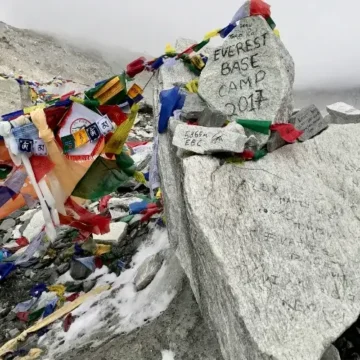
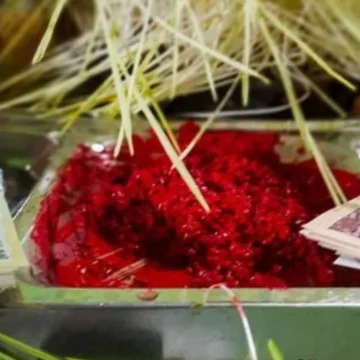
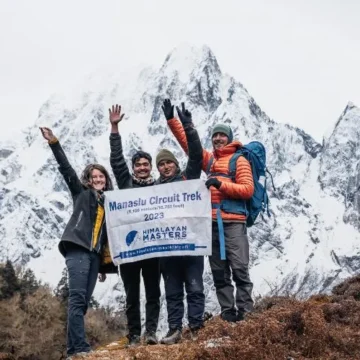
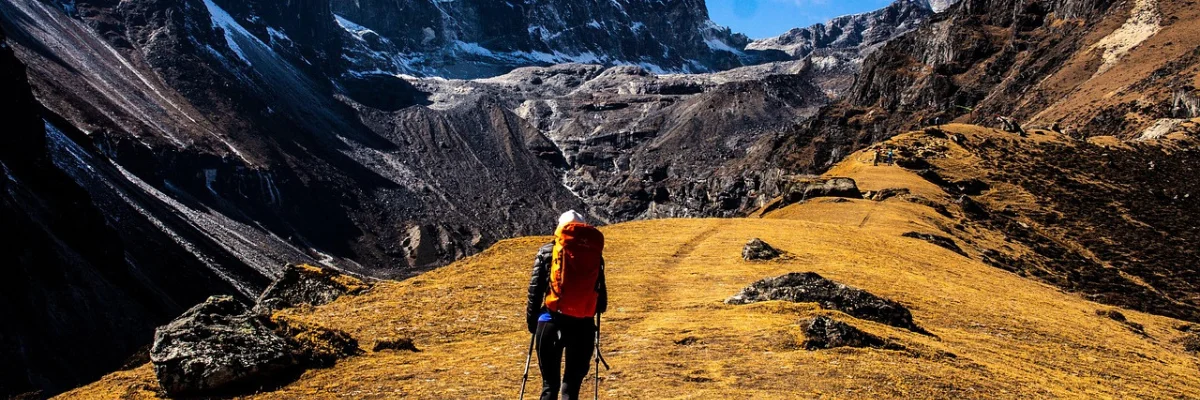

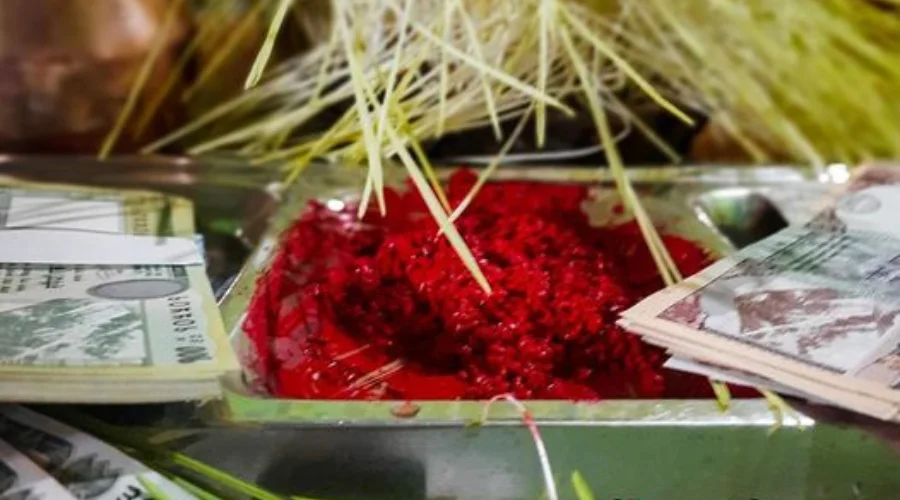
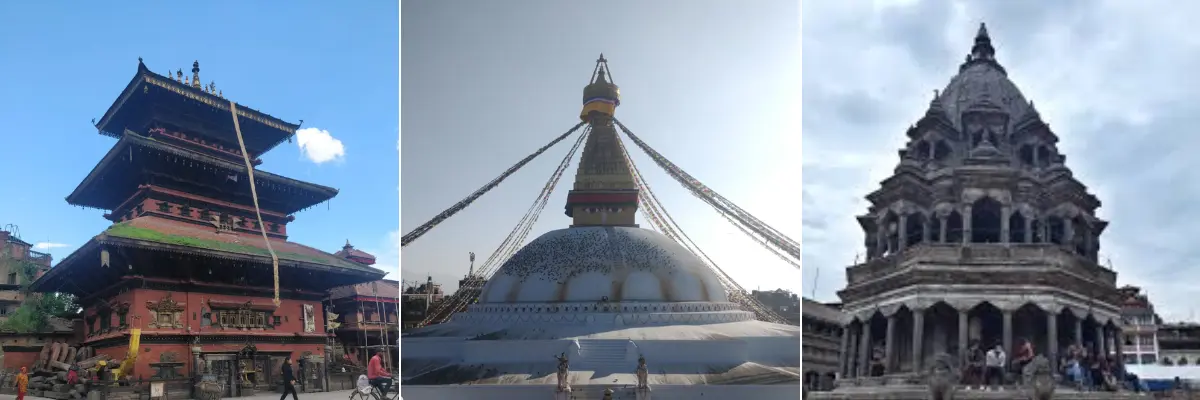
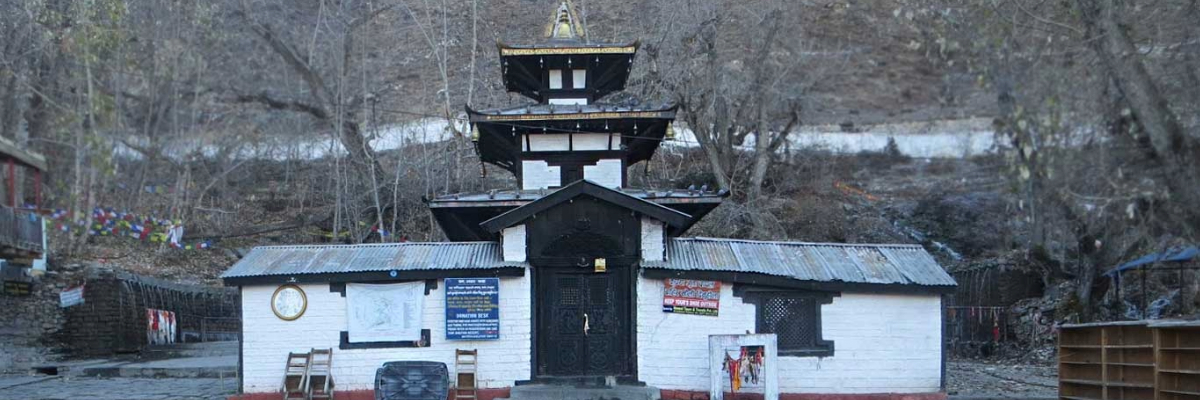
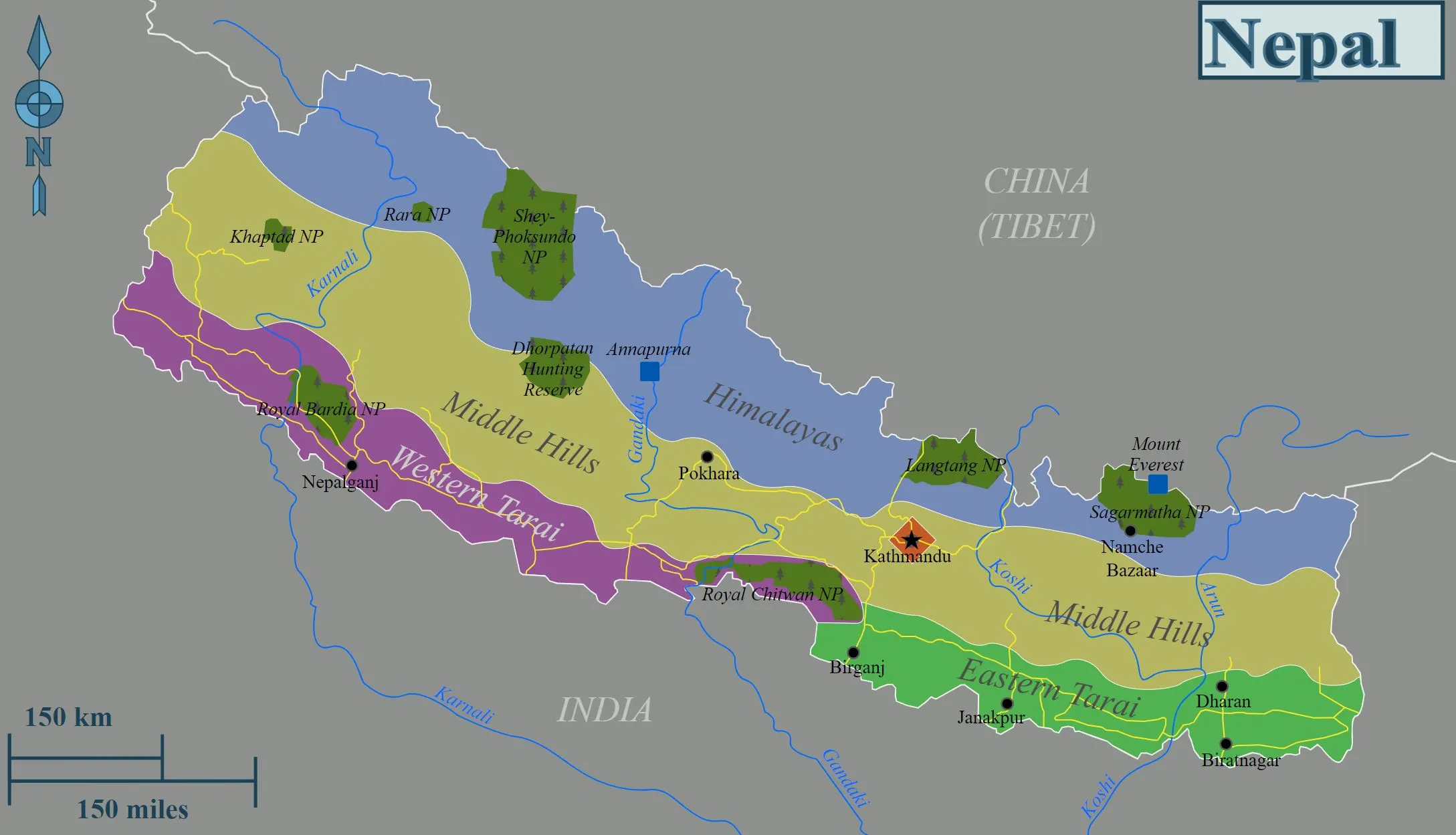
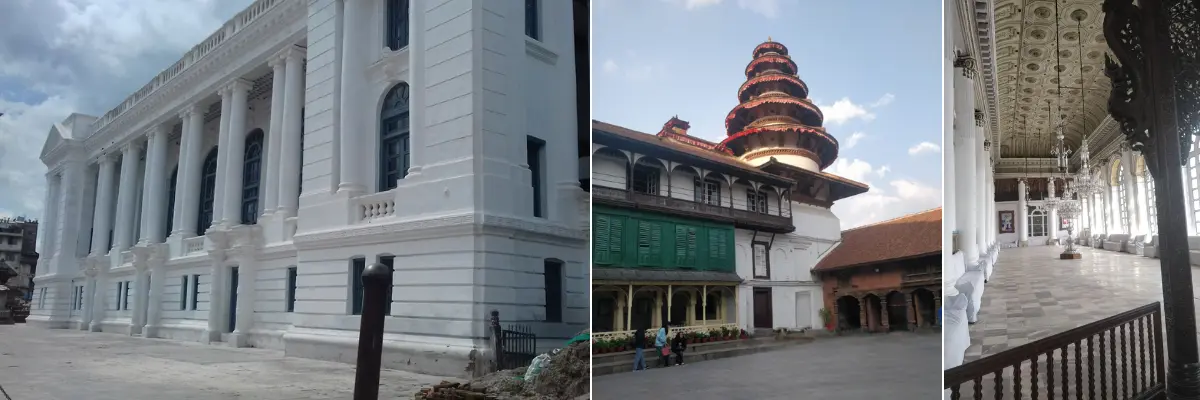
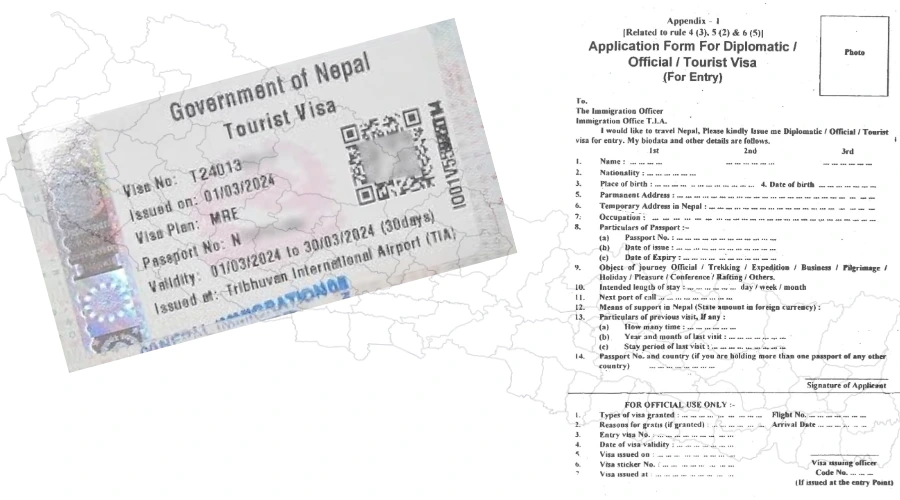










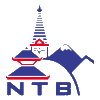
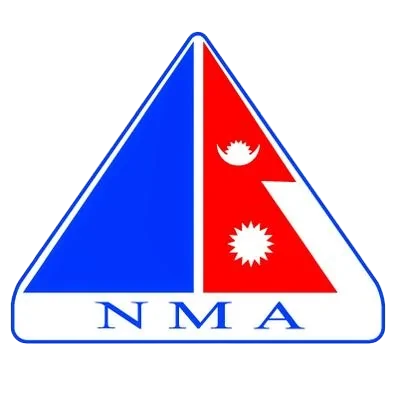


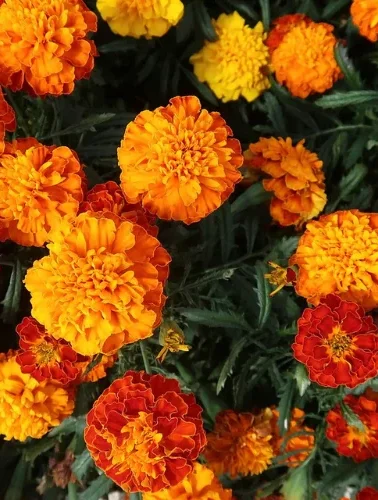

Leave Your Comment